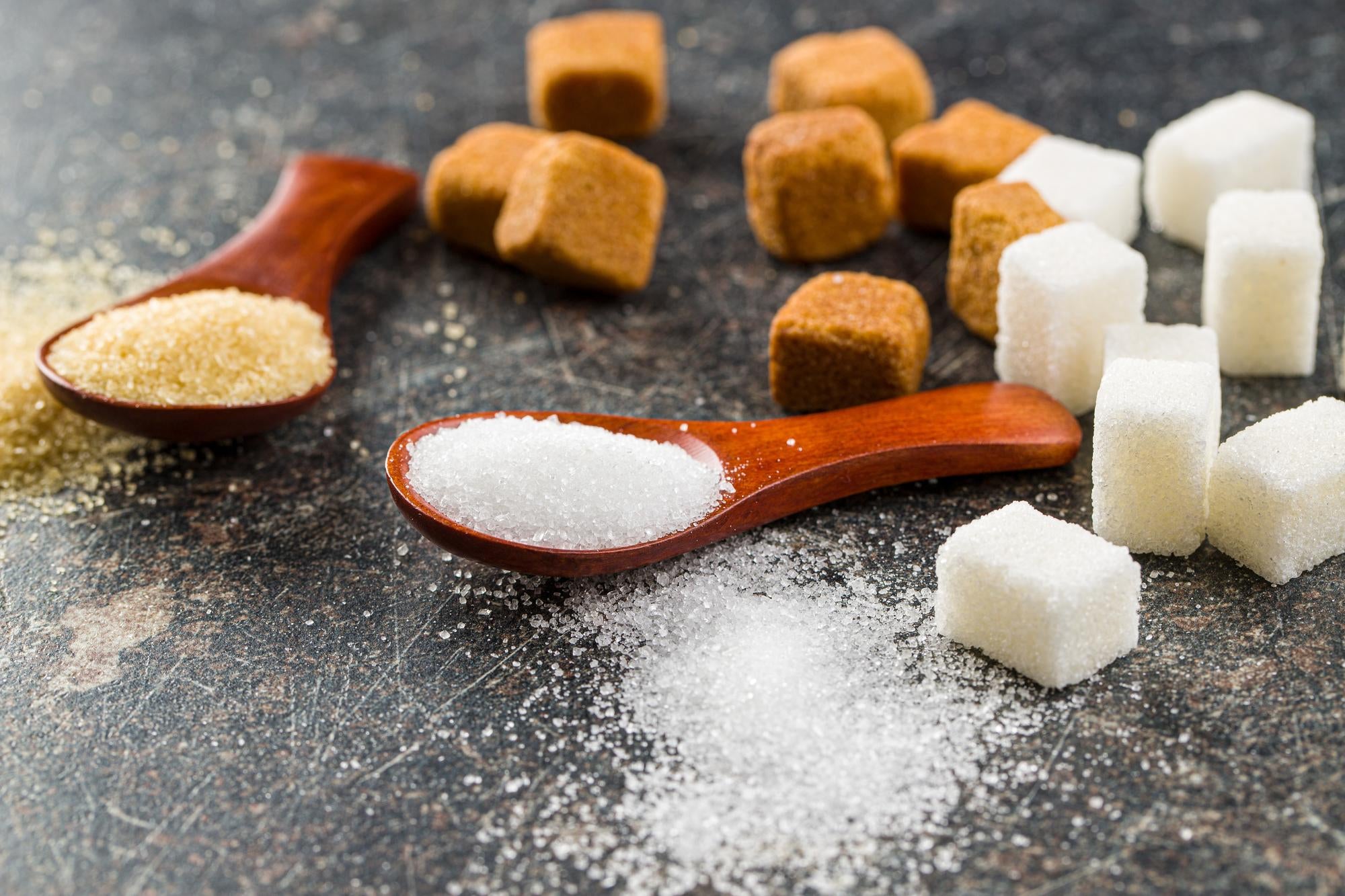The choice between beet sugar vs cane sugar can influence the flavor profile of certain recipes.
The choice between beet sugar vs cane sugar can influence the flavor profile of certain recipes.
Blog Article
Discovering the Differences being used and Benefits In Between Beet Sugar Vs Cane Sugar
In the culinary globe, the selection between beet sugar and cane sugar is not simply concerning sweet taste yet involves a nuanced consideration of flavor, application, and influence. While both sugars stem from different plants, each goes through distinct manufacturing procedures that subtly affect their qualities and viability for various recipes.
Origins and Manufacturing Processes of Beet and Cane Sugar

Walking stick sugar, on the various other hand, originates from the sugarcane plant, an exotic lawn indigenous to Southeast Asia now grown in exotic areas worldwide. The manufacturing of cane sugar begins with the harvesting of cane stalks, which are squashed to launch the juice. This juice is after that steamed to focus it, after which it is rotated in centrifuges to produce raw sugar crystals. These crystals are additional fine-tuned to create the white sugar frequently readily available in shops.

Nutritional Content and Health And Wellness Considerations

When comparing the dietary material of beet sugar and cane sugar, it becomes apparent that both kinds basically offer the very same caloric worths, with around 16 calories per tsp and no significant nutrient diversity. Each is composed practically entirely of sucrose, which is a basic carb that provides fast power but lacks vitamins, minerals, or fiber. This resemblance reaches their effect on health, particularly worrying blood sugar level degrees. Both sugars, when consumed in excess, can add to raised blood sugar degrees, a threat variable for diabetes mellitus and various other metabolic conditions. Additionally, extreme intake can cause weight gain and oral troubles, as both sugars are just as cariogenic, advertising dental caries. From a health and wellness point of view, moderating intake of any kind of kind of sugar, whether from beet or cane, is advisable to stay clear of these potential negative impacts on well-being. Therefore, neither holds a distinct benefit over the various other in terms of health advantages.
Flavor Accounts and Culinary Applications
Regardless of their comparable chemical frameworks, beet sugar and cane sugar vary discreetly in flavor, which can influence their use in various culinary contexts. Walking stick sugar frequently brings a Home Page tip of see this page molasses, also in its polished kind, lending a warm, caramel-like undertone that improves baked items, coffee, and chocolate-based recipes. This mild molasses taste is specifically valued in the baking sector for adding deepness to sugary foods and breads. On the other hand, beet sugar is identified by its highly fine-tuned, neutral taste, making it a versatile sugar that does not change the taste profiles of dishes. This neutrality is specifically useful in fragile recipes, such as light pastries, creams, and some sauces, where the integral flavors of other components are meant to attract attention. Cooks and food manufacturers may select one kind of sugar over the various other based on the preferred flavor result of their culinary developments.
Environmental Impact and Sustainability
While both beet and cane sugars are originated from plants, their ecological impacts vary considerably because of the distinct methods of farming and processing needed for every. Sugar beet farming frequently entails comprehensive automation, which can increase nonrenewable fuel source consumption and carbon discharges. Beets can be expanded in cooler environments and require less watering, possibly decreasing water usage contrasted to sugarcane. Sugarcane, on the various other hand, is normally grown in exotic areas where it relies heavily on watering and a much longer growing duration, look at these guys enhancing its water impact.
In addition, the handling of sugarcane often produces a significant quantity of waste, consisting of bagasse, which, although useful as biofuel, regularly contributes to air pollution if burned inefficiently. Sugar beet processing makes use of even more of the raw products, leading to less waste. Both industries face difficulties in minimizing their ecological footprints, but continuous technologies in farming methods and waste administration are aiming to improve sustainability.
Economic Variables Affecting the Sugar Market
The economic characteristics of the sugar market are significantly influenced by international market demands and trade plans. In areas where sugarcane or sugar beet production is subsidized, producers might have a financial benefit that allows them to offer lower costs on the global market.
Furthermore, fluctuations in international demand for sugar, affected by dietary fads and industrial usage in food, directly effect rates and production degrees. beet sugar vs cane sugar. Weather also play a critical duty, as they can considerably impact plant returns and, consequently, the supply chain. This irregularity introduces a level of financial unpredictability that can lead to investment volatility in sugar production industries, influencing decisions from planting to market technique
Conclusion
Finally, both beet and cane sugar have distinct high qualities that fit different culinary needs. While cane sugar conveys an abundant flavor ideal for enhancing baked items, beet sugar's nonpartisanship is best for lighter dishes. Nutritional similarities notwithstanding, their distinctive manufacturing processes and environmental influences include complexity to the choice in between them. Hence, recognizing these differences assists chefs and consumers make educated choices that line up with their health and wellness, cooking, and honest preferences.
Report this page